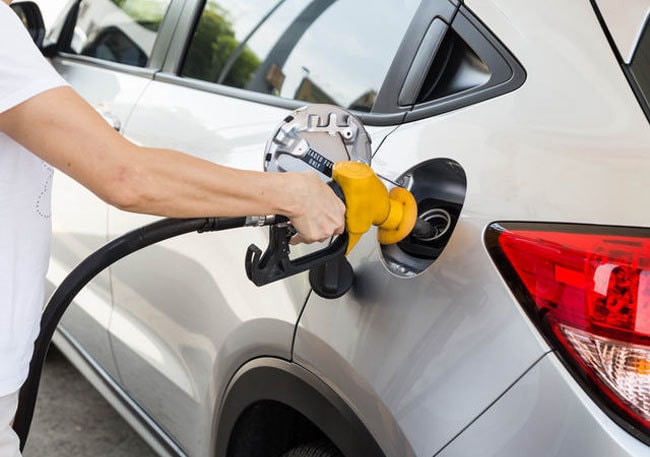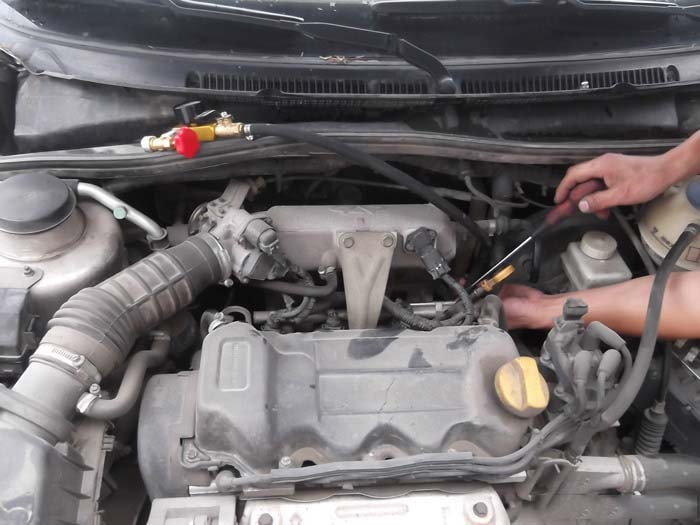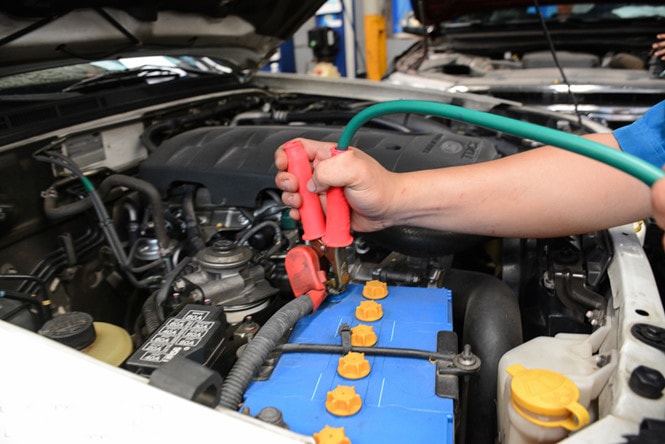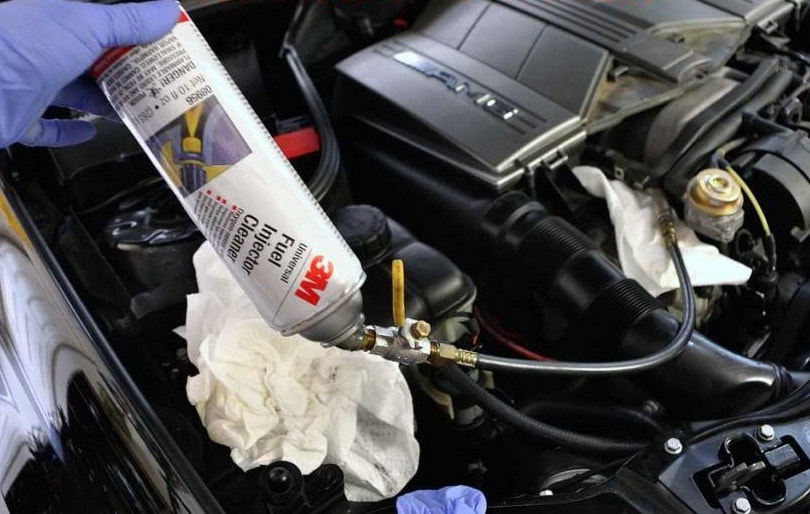How to deal with water in the car gas tank?
(Baonghean.vn) - If there is water in the car's fuel tank, no matter how much or how little, it will have a negative impact on the vehicle's operation. However, not all drivers know this and know how to remove water from the fuel tank... Below is how to handle the problem when encountering this unwanted situation.
1. Why is there water in the gas tank?
 |
The first cause of water in the gas tank could be due to the quality of the gasoline at the gas station is not guaranteed. Or the car may be refueled in the rain and water goes into the gas tank through the pump.
The second reason is that the vehicle must be run or left in water, especially during the rainy season, when the streets are flooded without a method to protect the gas tank cap.
Temperature and humidity also cause condensation of water vapor in the tank. In this case, the amount of water that appears is not much but it is not without danger.
2. How harmful is water in the gas tank?
Normally, cars with gasoline contaminated with water will be difficult to start; When driving, it is difficult to accelerate, the gas pedal feels out of breath, the car shakes and stalls.
The basic harm of this condition is causing rust inside the fuel tank, more seriously, it is easy to cause blockage of the lines and filters. If water is left in the fuel tank for a long time, it will easily damage the injectors and electric fuel pump.
 |
When the car is running, the injector moves very quickly thanks to the lubrication of the fuel, but if water comes into contact, over time the injector will rust and be destroyed in a short time.
3. How to treat water in the gas tank
Open the hood, disconnect the negative battery cable, then jack up the car near the fuel tank. Remove the fuel drain plug under the car, collect the fuel in a basin. Then reinstall it and pump clean fuel into the tank.
 |
Remove the ignition wires from the car. Next, disconnect the fuel lines from the engine and remove the injectors. Remove the spark plugs. These are the safety steps you need to follow when working on your car and gas tank.
The next step is to clean the fuel lines with a solvent such as mineral spirits or toluene. Reconnect the battery and turn the ignition on. From here, the fluid will flow from the fuel lines to the engine. You should leave the car in this state for a while to ensure that all the water in the engine has evaporated.
 |
You should clean the fuel pump, replace the fuel line, clean the injectors, remove the spark plugs and ignition wires. Because if these parts get wet, they will quickly break down, affecting the vehicle's operation.

